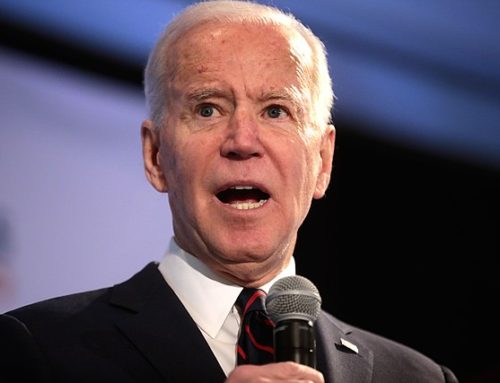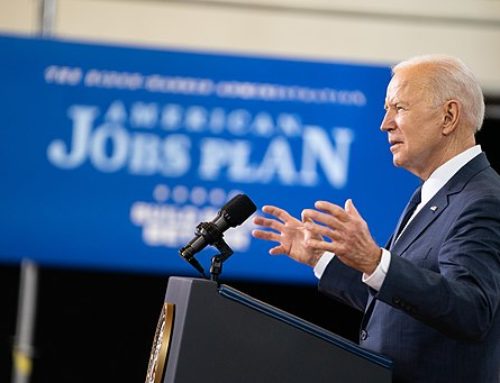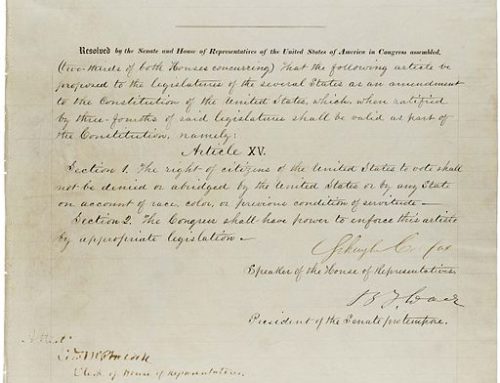In recognition of its environmental challenges, California has taken the most aggressive steps in the United States to control emissions both in the field of transportation and electric power generation. Being the world’s fifth-largest economy, California’s energy efforts have drawn worldwide attention.
Since World War II, California has suffered from smog that can cause or aggravate health problems such as asthma, emphysema and other respiratory problems. This year has witnessed disastrous wildfires along the West Coast – the largest fires ever recorded. Combined, more than 5 million acres have burned in California, Oregon and Washington. An NPR analysis of U.S. Environmental Protection Agency air quality data found that nearly 50 million people in those states experienced at least one day of unhealthy or worse air quality because of the wildfires. Pollution from burning fossil fuels kills 4 million people worldwide annually.
In an effort to combat climate change, California Gov. Gavin Newsom set a goal of 100% zero-emission energy sources for the state by 2045. California will stop the sale of new gasoline-powered cars by 2035. California passed legislation to require new residential construction by 2020 and new commercial construction by 2030 to be zero net energy.
Although electric cars represent only 2% of global car market currently, Inside EVs reports the sale of electronic vehicles will surge to 57% of worldwide market by 2040. The major companies such as Tesla, BMW and Volkswagen will release in future years 200 models. The demand for electric vehicles is growing because of their low maintenance, less carbon emission, convenient charging and lower fuel costs.
California’s governor said: “This is the most important step our state can take to fight climate change. Our cars should not make wildfires worse and create more days filled with smoky air. Cars should not melt glaciers or raise sea levels threatening our cherished beaches and coastlines.”
The Trump Administration has opposed California’s actions. It hopes to revoke California’s authority to require zero-emission vehicles. In the absence of a settlement, the courts will resolve the impasse.
In addition to a tough policy on automobiles and trucks, California has taken dramatic action to reduce carbon emissions from coal power and other fossil fuel plants. Unfortunately, this summer the demand for power far exceeded the supply from its growing fleet of rooftop panels and solar farms. Periodically these summer outages impacted hundreds of thousands of California residents. Critics question whether the state can meet its targets of 60% renewable energy by 2030 and 100% emissions-free power by 2045.
Michael Wara, director of Stanford University’s climate and energy program and a member of the state’s Catastrophic Wildfire Cost and Recovery Commission, said “What’s weird about what happened is they were adequate until they were not. It seems as if certain power plants for some reason were not able to deliver on the commitments to supply reserves and also supply energy.” To correct the problem, Wara said that California could raise maximum wholesale prices or increase penalties for nonperformance as a way to encourage plant maintenance.
Lance Hastings, president of the California Manufacturers and Technology Association, said in a statement: “Hot weather and a cloudy day should not be able to shut down the fifth largest economy in the world.”
California hopes to reduce carbon emissions. Their goal is a 40% reduction from 1990 levels. California’s record-high temperatures, extreme drought, massive decline in surface area of Sierra Nevada glaciers, increases in wildfires, and rising sea levels have motivated the state to take actions to address climate change.
Originally published in the Sarasota Herald-Tribune




